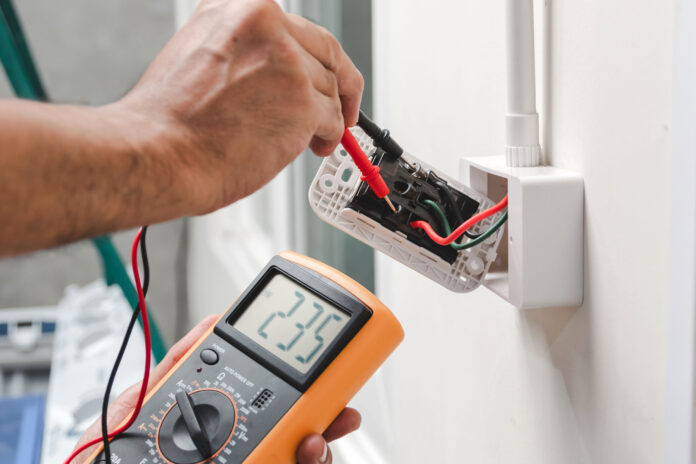
When it comes to electricity it is far more dangerous to tackle it yourself than anything else. There are so many things that can go wrong and if you do not know what you are doing you may find yourself in a world of problems.
It takes plenty of knowledge and experience to do any kind of electrical work around your home, car, office garage and any other place that needs taking care of. This is why you always need a professional that will do this for you and leave your mind at ease. Sometimes doing things yourself can be worthwhile but it usually leaves you wondering if you have done everything correctly, did you connect all the vires, did you ground everything up properly and so on.
Because of this specialists are there to make your life easy. They will do everything that they can and know to finish the job, do testing afterwards to see the power inputs and outputs, voltages and if you are receiving the power you need to receive. One of those tests includes PAT testing and this is what confuses a lot of you which is why we decided to make this article today. We will talk about PAT Testing, explain it and tell you the things you should know about it.
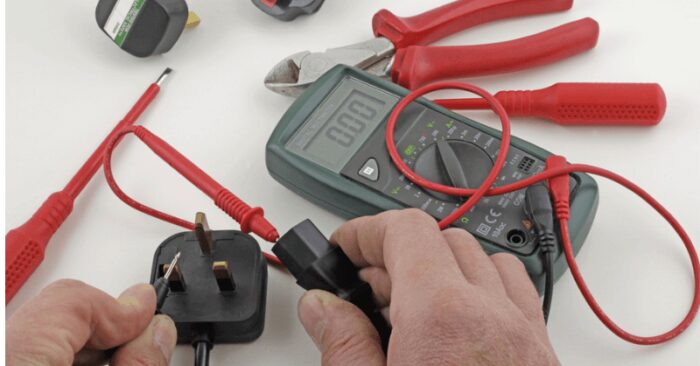
First of all, what is PAT? PAT stands for Portable Appliance Testing and believe it or not it is not a legal requirement. The law says that your portable electrical equipment needs to be safe. But what determines if some portable electrical appliance is safe? Funny enough, one of the means of checking for safety is PAT.
The most important part of this check-up is visual inspection, what the casing looks like, how the plug looks like, whether are there any leads being exposed, whether is everything insulated correctly and according to standard and so on. This is usually done for hand tools and for larger items like printers that do not move much. now since it is not required by the law to have PAT done you should do it occasionally just to be safe, because there is no such thing as being too safe.
When it comes to the inspection part and who can do it, we need to answer that not every electrician can do the PAT. You need to have a responsible person and competent person for this job in your company or hire outside of what you need. Depending on what your business is and what type of equipment you use you need to consider intervals of PAT. Now if you use a lot of hand tools that are occasionally dropped, or mishandled a period of 6 to 12 months for a PAT check-up is far too long. If we are talking about equipment like those printers we mentioned, a yearly check-up is fine. They are stationary, they are not hit or dropped so there is far less chance that they might develop an issue of any sort.
Now for the things you should know.
1. What makes an appliance portable?
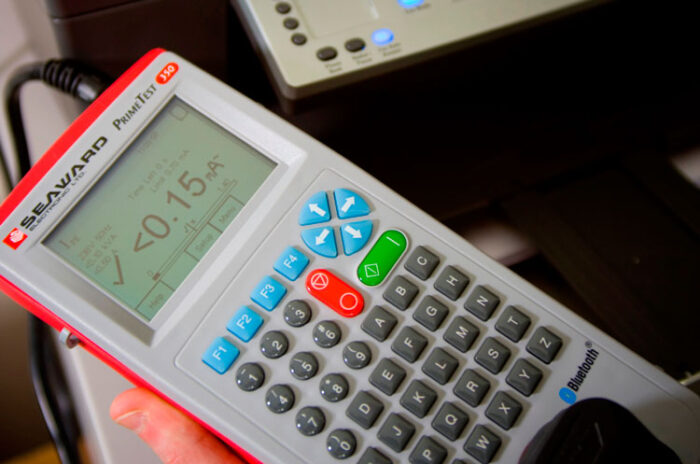
The fact that it has a plug top means that any device in your hands is portable. Some devices you actually can carry and make them portable but if they don’t have a plug top then they aren’t. Those are usually smaller or bigger appliances or other electrical tools that are hard-wired into an outlet. It is a bit confusing but this is the way it is.
2. Double-insulated appliances can’t be PAT checked
when you plug your double-insulated appliance into a tester you will not get anything back. No codes no errors, nothing meaning that the tester can’t read it out not that it is fine. Double insulation prevents this and some electricians know that and use that to their advantage to make fast cash. The way that you, and them, know that certain thing is double insulated is by looking at a cable or a plug and finding a symbol that shows a smaller square inside of a bit bigger one. This is the symbol for double insulation.
3. Testing regime
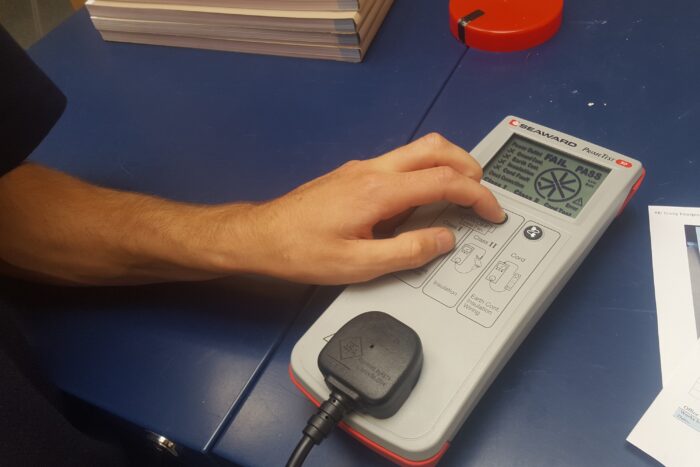
Whether you are a business with a lot of tools, machines and smaller appliances, you need to put all of them in some sort of a book, electronic or written and write down when and if they had been tested and stick them to the regime of the testing so you are always sure that all of your equipment is OK.
4. New appliances, tools and machines do not require PAT
Most people ask this question and we need to tell you that anything brand new you bought does not need this type of test. What you need to do is give it a quick visual inspection to make sure that there is no damage, it came untacked and that it is OK and safe to use.
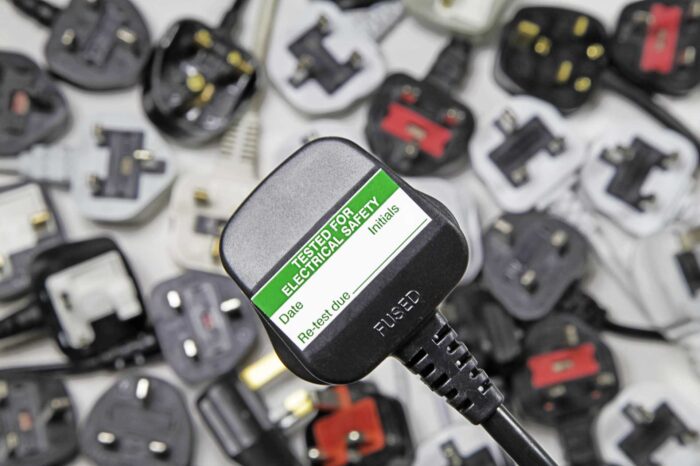
5. Testing and retesting
Getting a company, professional one that can guarantee this type of test will mean that they will get all of your appliances, tools and machines tested and stick a sticker that will have a date of testing and a retest date. You need to know that if that happens you are going to have to follow up on that interval and retest all those things again. If not then anyone from a fire officer to an HCC inspector will fail you on your obligations if you miss that retesting and those testing intervals.
So, as you can see PAT testing isn’t anything too complicated but you have to have a professional do it. it is concerning your safety and everyone else working with you or beside you. you need to have professionals doing this job, that is licenced and that can come and retest everything and give you a pass or fail. Missing regular PAT intervals will also mean a fail f anyone from government services comes to check if your business meets all the requirements and if you fall under legal compliance. Keep in mind, write down that this will never happen and all your appliances will be safe and OK.
















